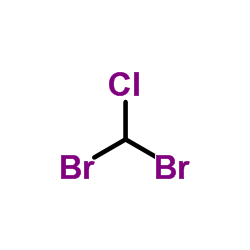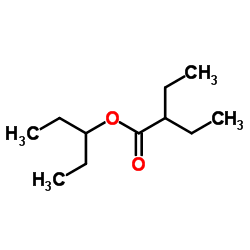| 结构式 | 名称/CAS号 | 全部文献 |
|---|---|---|
 |
一溴二氯甲烷标准溶液
CAS:75-27-4 |
|
 |
二溴一氯甲烷标准溶液
CAS:124-48-1 |
|
 |
三溴甲烷
CAS:75-25-2 |